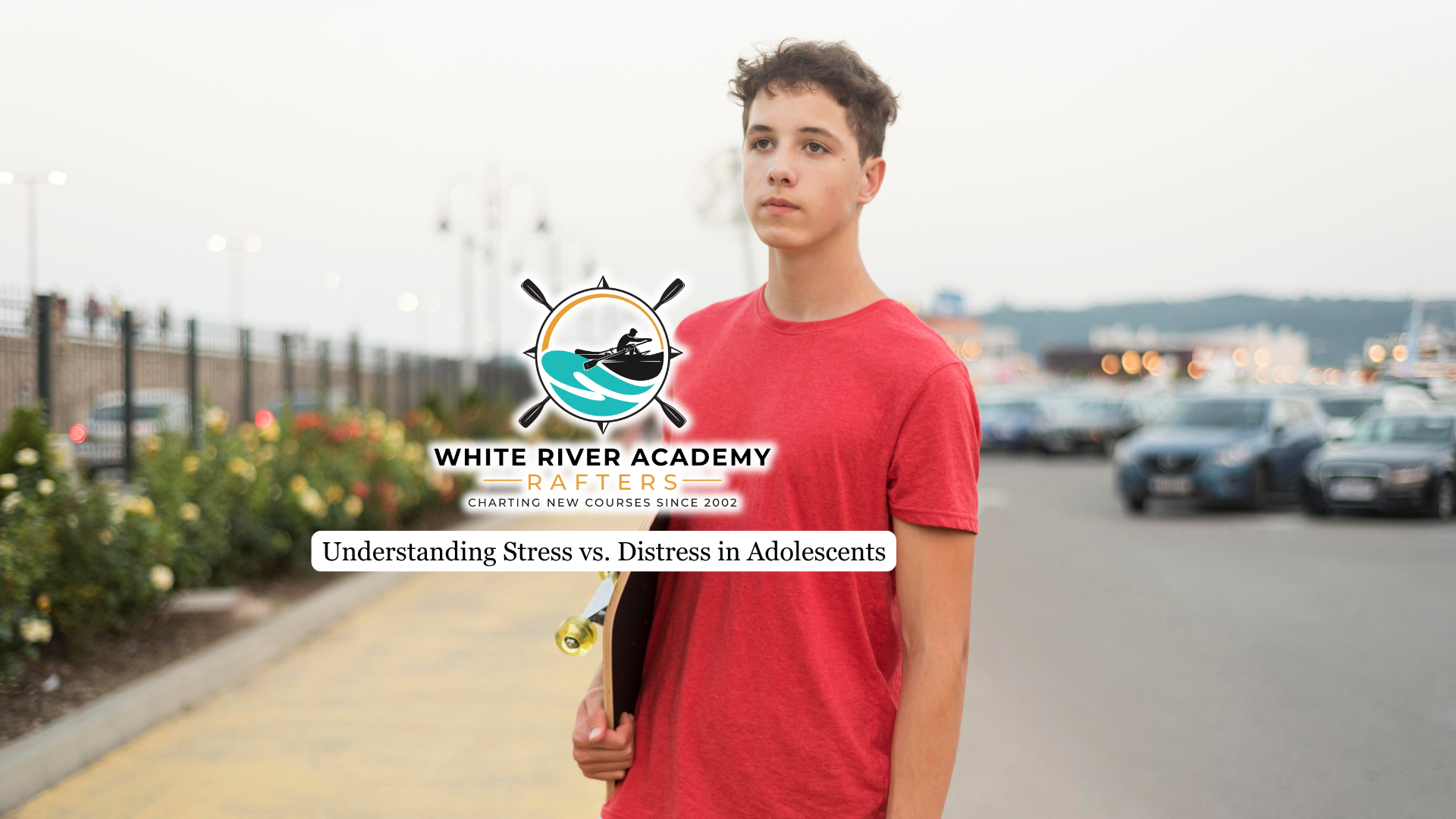One factor that often plays a significant role in teen substance abuse is peer pressure. When friends or classmates engage in substance use, it can be tough for a teen to resist the temptation to join in.
This article will explore how peer influence can lead adolescents to risky behaviors and what can be done to support vulnerable youth.
Understanding Peer Pressure and Teen Vulnerability
Peer pressure, both direct and indirect, can significantly influence a teenager’s choices and behaviors.
Direct pressure involves explicit requests to engage in certain activities, while indirect pressure stems from a desire to fit in. Teens are particularly vulnerable to peer influence due to their developmental stage.
They form identities, crave acceptance, and are prone to risk-taking. The adolescent brain is still developing, particularly in areas responsible for decision-making and impulse control. This makes teens more likely to succumb to peer pressure without fully considering the consequences.
The Link Between Peer Pressure and Substance Use
Peer pressure often operates through social modeling, where adolescents observe and imitate the behaviors of their friends or peer group to gain acceptance and avoid rejection. Teens want to fit in, so they’re more likely to try drugs or alcohol, even if they initially have no intention to do so.
This pressure can be direct, such as verbal encouragement or dares, or indirect, through the normalization of substance use within a social circle.
If you have a teen struggling with addiction, White River Academy’s specialized, evidence-based therapeutic program in Utah empowers adolescent boys and their families with the tools, strategies, and support they need to overcome addiction and foster stronger, healthier relationships.
Direct peer pressure
This involves explicit actions such as verbal encouragement, dares, or offers to experiment with drugs or alcohol. Teens may face direct invitations or challenges from friends to engage in substance use, often feeling compelled to comply to avoid rejection or ridicule.
Indirect peer pressure
This is more subtle and occurs through the normalization of substance use within a social group. When teens observe that many of their peers are using drugs or alcohol, they may come to believe that such behavior is typical, acceptable, or even expected.
When teens perceive that “everyone is doing it,” they may feel compelled to conform to avoid social exclusion.
Research shows that adolescents often overestimate how common substance use is among their peers, which further increases the likelihood of their own use. This indirect pressure can be reinforced by social media, parties, and casual conversations where substance use is glamorized or treated as a rite of passage.
Both forms of peer pressure exploit adolescents’ strong need for acceptance and belonging, making it difficult for many teens to resist engaging in risky behaviors despite knowing the potential consequences.
Social Reinforcement and Substance Use in Teens
Similar correlations exist for smoking and illicit drugs. Peer pressure doesn’t always involve overt coercion, but subtle social cues can be just as impactful in pushing impressionable teens toward substance abuse.
Adolescents who spend unstructured time with friends and acquaintances who use substances are more likely to engage in the same behaviors, partly because these environments provide both opportunity and social reinforcement for use.
The adolescent brain is particularly sensitive to social rewards, making peer acceptance a powerful motivator for risk-taking, including substance use. Neuroimaging research reveals heightened activity in reward centers when teens are observed by peers, increasing susceptibility to peer-driven behaviors.

Risks, Impact, and Vulnerable Groups
Not all teens are equally susceptible to peer pressure that leads to substance abuse. Risk factors like low self-esteem, lack of parental supervision, and a history of trauma can make some more vulnerable.
If you have a teen who’s struggling to fit in or dealing with difficult emotions, your child may be more likely to give in to peer pressure to use drugs or alcohol.
The consequences can be severe. In the short term, substance abuse can lead to problems at school, strained relationships, and risky behaviors.
As time goes by, it can impact your teenager’s physical and mental health and even lead to addiction. It’s crucial to recognize if your child is in a vulnerable group and seek support to help them resist peer pressure.
Prevention and Intervention Strategies
Building refusal skills is a key strategy for resisting peer pressure that could lead to substance abuse. Teens need to learn assertiveness and effective decision-making to confidently say “NO”.
Parents and schools also play a crucial role in prevention through open communication and comprehensive substance abuse education programs.
Fostering positive peer influence is another vital approach. Encourage your teen to cultivate healthy friendships with peers who share their values and can serve as positive role models. These supportive relationships can buffer against negative peer pressure.
Final Thoughts from White River Academy
At White River Academy, we offer specialized, evidence-based care designed for the developing teenage brain. Our approach acknowledges the emotional, behavioral, and cognitive challenges teens face and meets them with compassion and expertise. Help your son reclaim his future with a program that blends therapy, academics, and essential life skills to promote both personal growth and academic success and create lasting, meaningful change.




